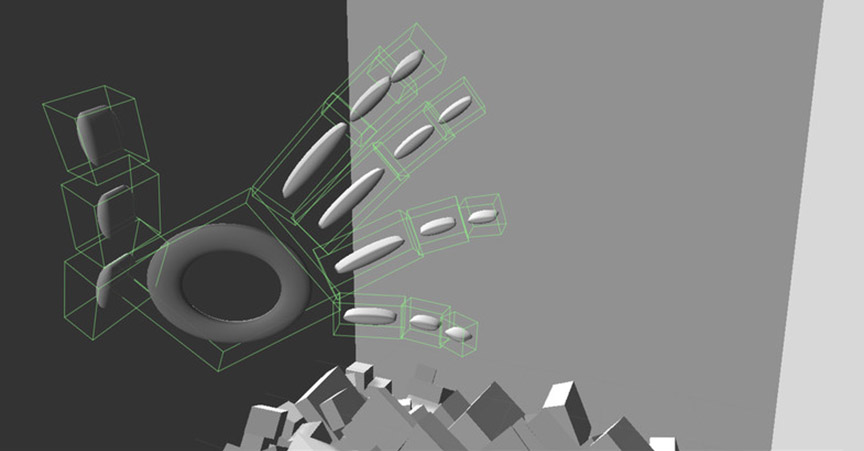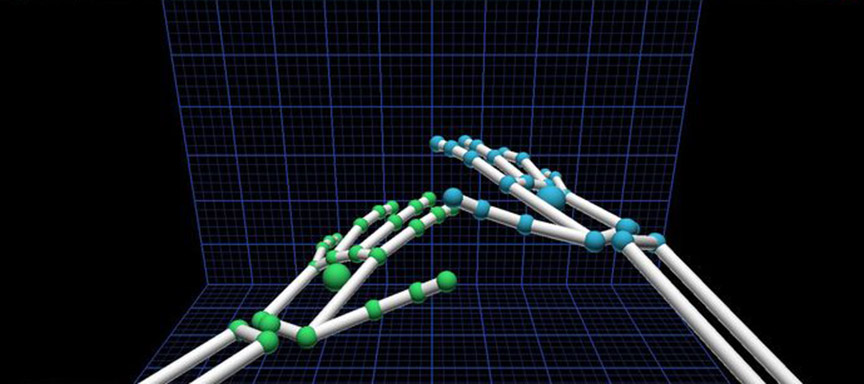The Leap Motion Controller doesn’t exist in a vacuum. Across fiction, gaming, and art, we can see a rich history of motion control concepts and devices, and understanding what makes them successful is hugely important to building the next generation of real-world interfaces. In this two-part video, we look at some of the most compelling […]
// Gaming

Interacting with your computer is like reaching into another universe – one with an entirely different set of physical laws. Interface design is the art of creating digital rules that sync with our physical intuitions to bring both worlds closer together. We realize that most developers don’t want to spend days fine-tuning hand interactions, so we decided to design a framework that will accelerate development time and ensure more consistent interactions across apps.

Going from zero to 60 can feel exhilarating – but if you don’t know what you’re doing, it can spell disaster. The same is true for first-time app users. Even with traditional interfaces, a clear and intuitive onboarding experience is important. For new interfaces like the Leap Motion Controller, it can be the difference between joy and frustration. The trick is to build an onramp – a starting experience where users can “speed up” to access the full functionality and interaction set.
By learning how to play an instrument, musicians have the power to channel beauty and emotion through their hands. This makes music theory a ripe playground for 3D motion control experiments. If learning to play a physical instrument is a matter of learning how that object works and building muscle memory, why can’t learning chord progressions happen the same way – but in the air?
Art imitates life, but it doesn’t have to be bound by its rules. While natural interactions always begin with real world analogues, it’s our job as designers to craft new experiences geared towards virtual platforms. Building on last week’s game design tips, today we’re thinking about how we can break real-world rules and give people superpowers.
We live in a heavily coded world – where the ability to talk to computers, and understand how they “think,” is more important than ever. At the same time, however, programming is rarely taught in schools.
What can virtual environments teach us about real-world issues? At last month’s ImagineRIT festival, Team Galacticod’s game Ripple took visitors into an interactive ocean to learn about threats facing coral reefs.
Over the past year, we’ve been iterating on our UX best practices to embrace what we’ve learned from community feedback, internal research, and developer projects. While we’re still exploring what that means for the next generation of Leap Motion apps, today I’d like to highlight four success stories that are currently available in the App Store.
Built in Unity over the course of five weeks, Volcano Salvation lets you change your perspective in the game by turning your head from side to side. This approach to camera controls – facial recognition via webcam – makes it easy for the player to focus on the hand interactions.

